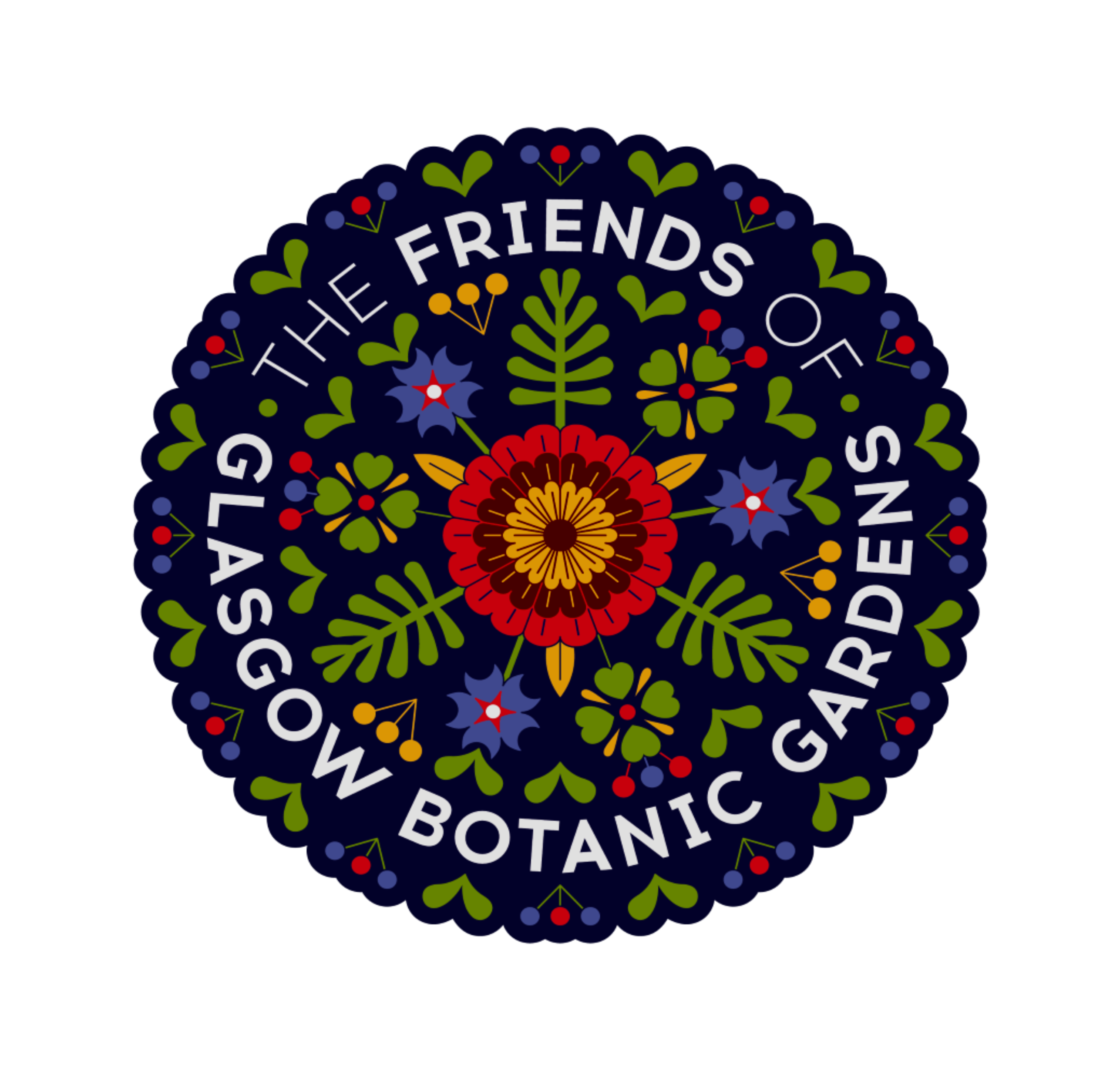Japanese Alder
Alnus japonica Steud.
Native Range: Taiwan, Japan and North East Asia
- It is known in Japanese as Hannoki
- It does not need fertile soil to grow well and occurs in wet soils, along streams and in swamps and is considered ecologically to be a pioneer species.
- The tree is evergreen in the Philippines but deciduous in Japan.
- The tree is an important source of firewood and the timber is used for furniture, tools, packaging and the production of gunpowder. The felled logs are also used as ‘bed logs’ for shiitake mushroom (Cortinellus shiitake) cultivation.
- The Japanese Alder is often planted to prevent erosion due to its lateral root system binding top soils together and as its roots also fix nitrogen it can improve the quality of degraded land.
- The bark of the tree is a popular folk medicine for treatment against cancer and hepatitis.
- It is often found as a shade tree in coffee plantations
The tree in front of you was planted in 1982 and came into the Botanic Gardens as seed from Osaka University in Japan. When this plant entered the Gardens as seed it was given an accession number 001-090-82 this number stays with the plant for its existence, all of its information is held on a plant data base system called BG-BASE. As a botanic garden, record keeping is a fundamental part of our remit and in the future we would like to be able to produce hard copy catalogues and online versions of the vast, varied, rare and unusual plants we hold in our collections for future generations of visiting public, researchers and horticulturists.
World Agroforestry Database available at http://www.worldagroforestry.org/sea/Products/AFDbases/af/asp/SpeciesInfo.asp?SpID=1788
Bean, W.J., (1989), Trees and Shrubs Hardy in the British Isles (8th edn) John Murray London
